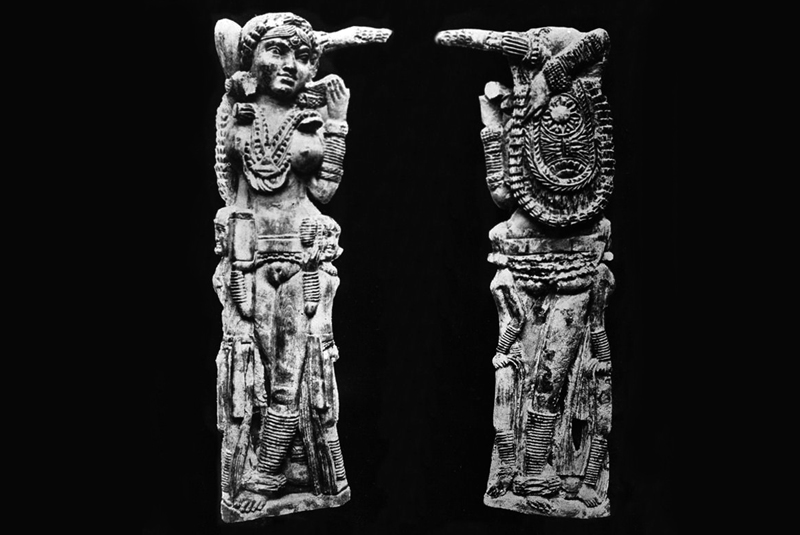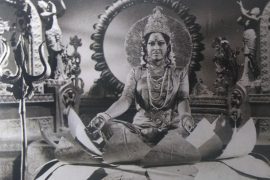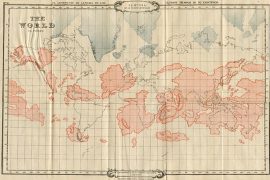About 1938 years ago, the Via dell’Abbondanza was a bustling arterial road in the city of Pompeii, leading to the city’s Forum – the original open-air mall. Along this road, frequented by the rich, was a small and artfully designed house.
This house, along with rest of the Pompeii, was buried under 16 feet of ash when Mount Vesuvius erupted in the year 79 A.D. It was a terrific calamity. Even today, such an eruption would wreck havoc but it had a morbid bonus. Much of the city was preserved exactly as it was by the layers of volcanic rock and ash.
In a wooden chest in the western side of the house, archaeologists in the 1930s unearthed an ivory figurine of what looked like an Indian Goddess. Completely in the nude, it was believed to be a goddess of fertility – and hence, was called the Pompeii Lakshmi. But its exact origins may have been more diverse.
Whoever it belonged to was evidently either well-travelled or an art collector – the walls depicted murals of a ship and exotic artwork. The Casa Della Statuetta Indiana or ‘House of the Indian statue‘ became a tourist favourite.
But where did this exotic figurine come from? And whose depiction is it really of?
Copyright©Madras Courier, All Rights Reserved. You may share using our article tools. Please don't cut articles from madrascourier.com and redistribute by email, post to the web, mobile phone or social media.Please send in your feed back and comments to [email protected]











